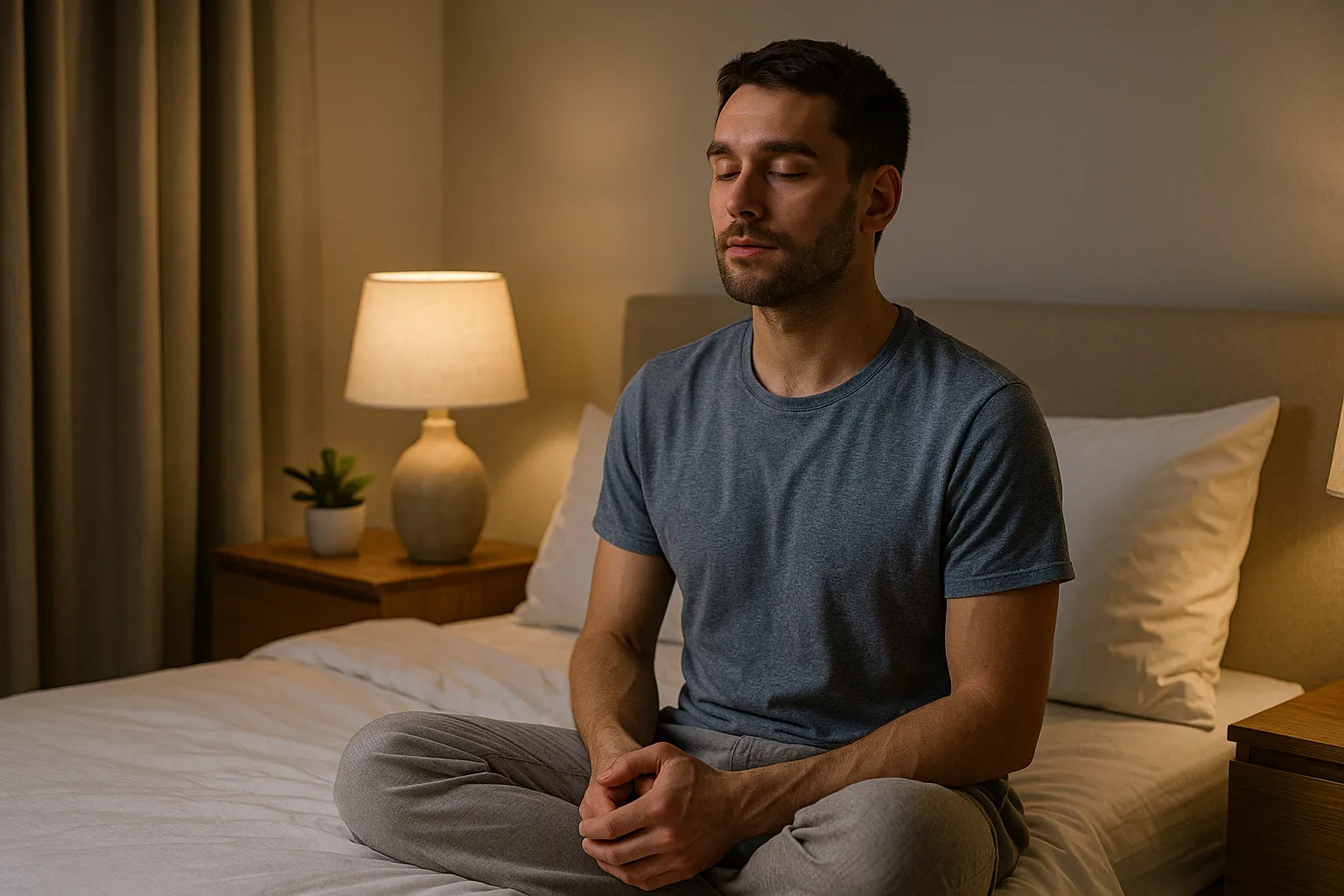Anxiety is something most people experience at different points in their lives. Whether it comes from work pressure, personal responsibilities, or unexpected challenges, daily stress can quickly build up. One of the simplest and most effective ways to manage anxiety is through conscious breathing techniques. Breathing may seem automatic, but when we learn to control it, we can calm both our mind and body, creating a powerful tool for everyday well-being.
Why Breathing Matters for Anxiety
When anxiety strikes, the body goes into “fight-or-flight” mode. Your heart rate speeds up, muscles tense, and your breath becomes shallow. This physiological response makes you feel even more anxious, creating a cycle that is hard to break. Conscious breathing interrupts this cycle by sending a signal to the nervous system that it is safe to relax. By practicing specific techniques, you can reduce stress hormones, lower blood pressure, and regain mental clarity.
Deep Belly Breathing (Diaphragmatic Breathing)
One of the most effective methods is deep belly breathing. Unlike shallow chest breathing, which keeps the body in a state of stress, diaphragmatic breathing engages the lower lungs and encourages full oxygen exchange.
How to practice:
- Sit or lie down in a comfortable position.
- Place one hand on your chest and the other on your stomach.
- Inhale deeply through your nose, allowing your stomach to rise while keeping your chest relatively still.
- Exhale slowly through your mouth, letting your stomach fall.
- Repeat for 5–10 minutes.
This technique helps reduce tension and is especially useful before bed or during moments of high stress.
Box Breathing for Instant Calm
Box breathing, also known as square breathing, is a structured technique that Navy SEALs and athletes use to stay calm under pressure. It involves inhaling, holding, exhaling, and holding again in equal counts.
How to practice:
- Inhale through your nose for 4 counts.
- Hold your breath for 4 counts.
- Exhale slowly through your mouth for 4 counts.
- Hold again for 4 counts.
- Repeat this cycle for a few minutes.
This technique is ideal when you need quick relief, such as before a meeting, exam, or stressful conversation.
Alternate Nostril Breathing for Balance
This technique comes from yoga practices and is known for balancing energy and calming the mind. It is particularly effective for reducing anxiety and improving focus.
How to practice:
- Sit in a comfortable position with your spine straight.
- Use your right thumb to close your right nostril.
- Inhale deeply through your left nostril.
- Close your left nostril with your ring finger, release your thumb, and exhale through your right nostril.
- Inhale through the right nostril, close it, and exhale through the left.
- Continue alternating for 5–10 minutes.
This rhythmic breathing not only calms the nervous system but also promotes mental clarity and emotional stability.
Creating a Daily Breathing Routine
Consistency is key when it comes to reducing anxiety. While breathing techniques can help in moments of stress, practicing them daily can strengthen your body’s natural ability to stay calm. You can integrate them into your morning routine, take short breathing breaks during work, or use them as a wind-down ritual before bed. Even a few minutes each day can make a noticeable difference in your mental health.
When to Use Breathing Techniques
Breathing exercises are flexible and can be adapted to many situations. Here are a few examples:
- Before sleep – to quiet the mind and prepare the body for rest.
- At work – to reset during stressful tasks or meetings.
- After exercise – to restore balance and slow the heart rate.
- During anxiety episodes – to break the cycle of shallow breathing and racing thoughts.
The beauty of these techniques is that you can practice them anywhere, without any special equipment.
Final Thoughts
Breathing is a simple yet powerful tool that is always available to you. By learning to control your breath, you can reduce daily anxiety, regain focus, and create a sense of calm in your life. Start small, experiment with different techniques, and find the rhythm that works best for you. Over time, these practices will become second nature, giving you a reliable way to manage stress and improve your overall well-being.



